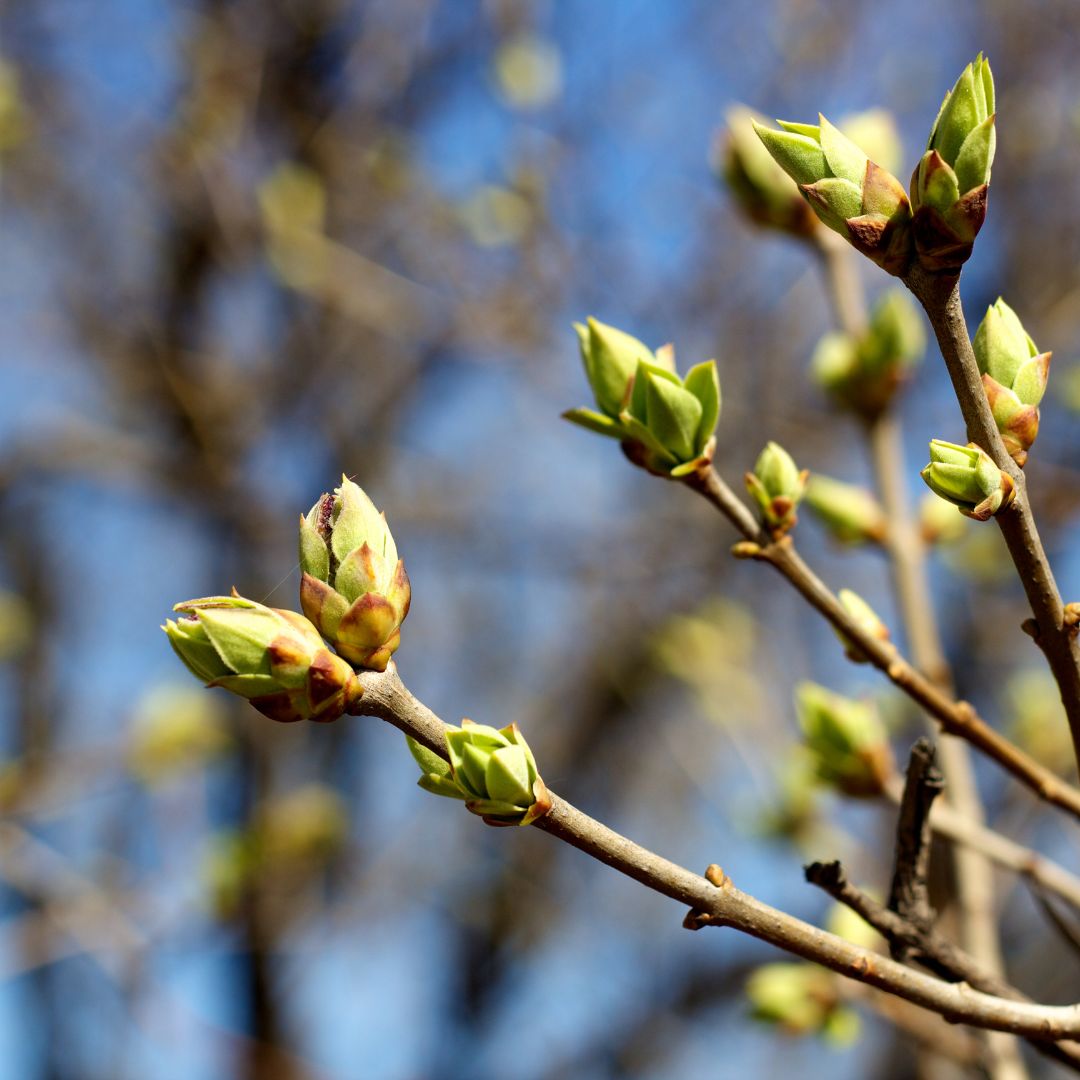
April Gardening To-Do’s
April is here! There are signs of spring popping up everywhere you look. Early bulbs have emerged, trees are showing new buds, and perennials are
Juniper is notable for its striking blue-grey foliage. A number of varieties exist, including ‘Meyeri,’ ‘Blue Carpet,’ and ‘Blue Star.’ Blue Carpet is a prostrate variety that is especially suitable for cascade and semi-cascade styles. Other varieties can be used for any style other than broom.
Lighting: Prefers bright light or 4-6 hours of sun.
Temperature: Preferably above 30 degrees Fahrenheit, especially with an indoor variety.
Watering: Spray the foliage with water often during the summer months. Water when the soil is moderately dry (to a depth of 1/2 to 1 inch) but do not let the soil dry out completely.
Feeding: Feed junipers from early spring to autumn every 20-30 days using a slow-acting organic fertilizer.
If you prefer to use chemical fertilizers, apply half-strength solution every other week of a reasonably balanced fertilizer, such as Peter’s 20-20-20. You may wish to alternate with an acidic fertilizer such as Miracid.
Pruning & Wiring: Reduce the roots gradually, removing no more than one-third of the roots at each repotting. Too develop the foliage, pinch out the tender new shoots using your fingers. Do not use scissors, as the cut needles will turn to brown. Pinching must be done continuously during the growing season.
Prune undesirable branches (especially those growing straight down from their parent branch) when repotting or during the growing season.
Wiring is best done in autumn or early winter so that the branches can become accustomed to their new position while the tree is dormant. Wiring done at other times must be watched carefully for signs of wire cutting into the bark and must be removed immediately if this happens. If necessary, the tree can be rewired after removing the old wire.
Repotting: Repot young trees (up to 10 years old) every other year. Repot older trees every 3-4 years. Repotting is best done during the spring. Junipers can also be repotted in autumn if necessary since they enter a period of renewed root growth at that time. Extensive root pruning in autumn is not a good idea, however.
For junipers, Simon and Schuster’s recommends 60% soil, 10% peat moss, 30% coarse sand. Remy Samson recommends 1 part loam, 1 part leaf mold, 1 part coarse sand. Peter Chan recommends 1 part loam, 1 part peat, and 3 parts coarse sand.
The tree should be protected from wind and direct sun for a month or two after repotting.
Pests & Diseases: Junipers are a favorite victim of red spider mites. If the tree appears weak, with yellow foliage, then it might have spider mites. To check for this issue, hold a sheet of white paper under a branch and gently shake the foliage. If the paper comes away with many small dots that move, it has spider mites. To combat them, spray with insecticidal soap or a nicotine solution (which can be made by soaking tobacco in water overnight).

April is here! There are signs of spring popping up everywhere you look. Early bulbs have emerged, trees are showing new buds, and perennials are

Spring is here and you know what that means. The 2024 gardening season is about to be in full swing here in our Colorado climate!

It’s nearly spring and we hear you! You’re ready for warm weather and colorful landscapes. Those early spring blooms are a bright, wonderful sign of

It’s a new calendar year and that means it’s time to dive into the new houseplant trends for 2024! There are some exciting new things